From Lost Cities to Ancient Inscriptions, This Forgotten Historian Found Them All
The Mysuru man catalogued 6000 coins, excavated a Mauryan city in Brahmagiri called ‘Isila’ and was also responsible for discovering Shahji’s (Shivaji’s father) tomb.
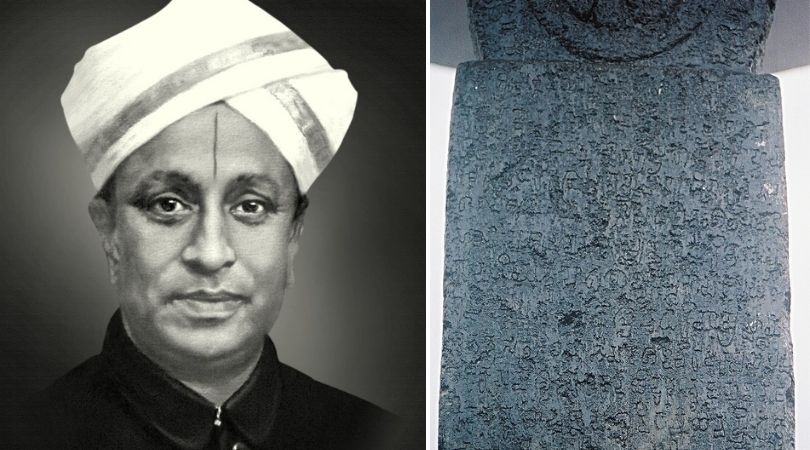
In a country where the study of the sciences is revered, social sciences take a backseat. Although it is important to learn about the basics of science to understand how the world works, the study of history is extremely crucial. The study of history is a great treatise on learning from the mistakes of our ancestors and to lead a quality life in contemporary times.
History gives us an insight into the lives, politics, economics, cultures, and food traditions of a particular place at a particular time. This is why historians are important because they are the gatekeepers to this plethora of information. However, more often than not, the contributions of learned historians are rarely recorded.
So, imagine the surprise when I read about Dr MH Krishna, who was an Indologist, archaeologist, and epigraphist, all at once.
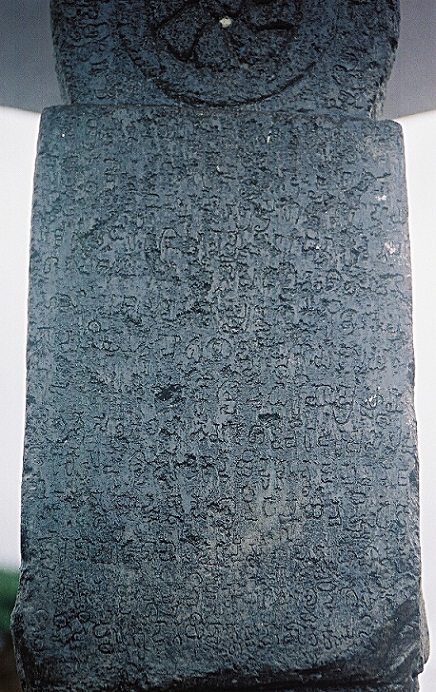
The historian, born in Mysore, has various discoveries to his name which includes the ‘Halmidi Inscription’ dated 350 AD and is known to be the oldest Kannada inscription found.
In the field of numismatics, he catalogued 6000 coins, stored in the archives of the Bangalore Museum.
He also excavated the city of ‘Isila’, a Mauryan city near Brahmagiri, by discovering evidence that indicated human habitation. This concrete information was supported by relics and materials that date back to the Mauryan age. He was also responsible for discovering Shahji’s (Shivaji’s father) tomb.
Additionally, because of his knowledge and expertise, he served in various government and educational institutions pertaining to the subject of history and archaeology. For years, this man served as the Director of the Mysore Archaeological Department where he also catalogued close to 2000 inscriptions.
Here, we look at the historian’s glorious contributions that have led to a better understanding of the past and the legacy he has left.
Early life of the historian
MH Krishna was born as Mysore Hatti Krishna Iyenger on 19 August 1892 into a family that had close links with Mysore royalty. His father, Ranga Iyengar, served as the Chief Treasury to the palace while also teaching Sanskrit to the young Nalwadi Krishna Raja Wodeyar.
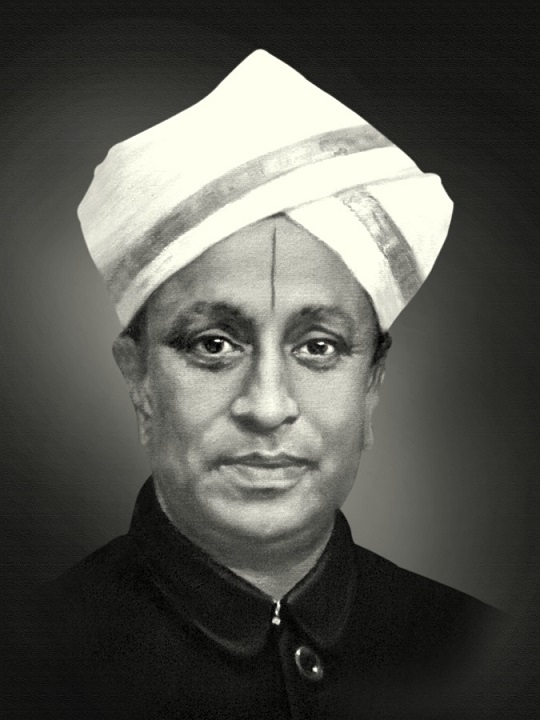
MH Krishna lived in the palace premises with his four siblings, his mother Lakshamma and his father. The second oldest out of the five children, he began his schooling at ‘Jayacharya Pathshala’. This was followed by studies at Wesleyan Mission High School and he ultimately joined the Maharaja College in Mysore to pursue a Bachelor of Arts degree in the year 1911.
This is where he developed an interest in archaeology, numismatics, history – subjects he went on to build his career in, later in life.
After he finished his Bachelor’s study, he began his career as a teacher in the Mysore Government Education Department and in 1916, he was appointed as a lecturer at the History Department in the University of Mysore. For his Master’s in Arts degree, he enrolled at the Madras University and passed out in 1917.
For excelling in his field of study, in 1919, he was accorded a membership to The Royal Asiatic Society, London. The society is a highly academic organisation that forays into an in-depth understanding of science, literature and the arts in Asia.
In 1920, he was deputed to cataloging the 6000 coins at the Department of Archaeology in Bangalore for his expertise in the field of numismatics and epigraphy. This expansive project was looked after (on and off) until 1931.
The most important turning point however was in 1924 when his higher education was sponsored at the University College, London. Here, under the guidance of revered British archeologist Earnest Arthur Gardiner, MH Krishna further cemented his skills in the field of studying sculptures, numismatics, epigraphy, architecture and science of excavation.
During this time, MH Krishna made good use of resources of study accessible to him at the Ashmolean Museum, British Museum, Cambridge National Museum among other notable museums across Paris and Berlin. Later, he submitted his theses on Deccan Numismatics for publication at the Royal Institute.
He was ultimately made a fellow at the Royal Numismatic Society and the Royal Anthropological Institute, both based out of London. As he gradually evolved into an expert, he was asked to deliver speeches around the themes of Indian History and Archaeology. By 1926, he had delivered about seven such lectures addressing the public. In the same year, a Doctorate of Literature was conferred upon him by the University of London.
Return to India and significant contributions
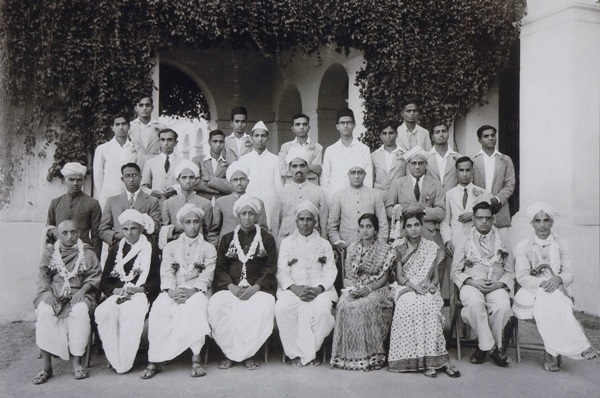
In 1926, he decided to return and took charge as a lecturer at the history department in Maharaja College, Mysore. During this time, he increasingly began taking up the case for the need for further exploration in studying and understanding the history of Karnataka.
In 1928, he excavated at Chandravalli at Chitradurga and was one of the first people to use stratigraphy (the study of rock layers) to find and date the objects found at these sites. This is where he made monumental discoveries and successfully identified the ‘Isila’ city, finding relics and other remains that indicated the existence of a civilisation.
In 1932, this deep interest led to him becoming the head of the History department at the University of Mysore. A year later, he became a member of the University Senate Academic Council. His academic stature was further cemented in 1939 when he was made the Dean of Faculty of Arts at the University of Mysore.
After his return to India, he was also discharging his duties at the Department of Archaeology and in 1944, he was made the Director there. Since he was serving an esteemed position at this department, the annual reports between 1926 and 1946 were published under his guidance.
The learned man also served as an examiner at the University of Mysore, the University of Bombay, and the University of Allahabad.
He also served as a visiting interviewer for the Civil services examination.
His experience in the academic field led him to guide some big names like Jayachamarajendra Wodeyar (25th Maharaja of the Kingdom of Mysore), Dinkara Desai (poet, writer and educationist), MN Srinivas (sociologist and anthropologist), and SR Rao (archaeologist) among others.
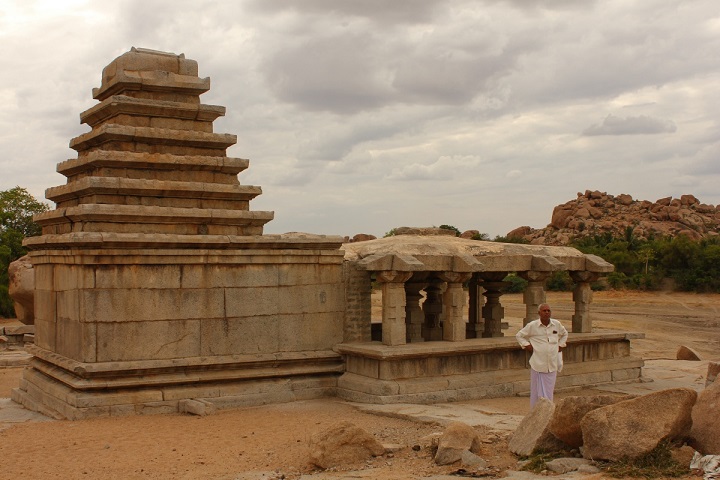
In Karnataka, he became associated with prestigious organisations like the Kannada Sahitya Parishath and the Maharaja College Karnataka Sangha. Well sought after for his excellence, he was invited across the country to take part in several conferences hosted within the country.
Personal life and the legacy that lives on
MH Krishna married Rajamma in 1924 who passed away during childbirth. With her, the historian has two children, one boy and a girl. He decided to remarry in 1933 and had four children with Jayamma.
Other than the study of history, interestingly, the man was really into the sport of wrestling. This interest translated into him serving as the coordinator at Maharaja College Gym for close to a decade. A deeply religious man, he was a strict vegetarian and followed the teachings of the Ramakrishna Mission.
A man truly dedicated and devoted to his work, MH Krishna would work tirelessly for almost fourteen to sixteen in hours a day. He lived with high blood pressure and diabetes for years until he succumbed to a heart attack at the age of 55 on 23 December 1947.
Regardless, the humble man and his simplicity touched the hearts of his students. He was lovingly called ‘Panche-Professor’ by his students (The Dhoti-wearing Professor).
Although he wrote several papers, some of his work remained unpublished like a drama written on the life of Tipu Sultan, a study in Hoysala Architecture and some information regarding excavations at Chandravalli in Chitradurga.
His efforts in furthering the study of history in Karnataka and in India must be acknowledged and something that we must all remember him by.
(Edited by Vinayak Hegde)
Like this story? Or have something to share?
Write to us: [email protected]
Connect with us on Facebook and Twitter.
If you found our stories insightful, informative, or even just enjoyable, we invite you to consider making a voluntary payment to support the work we do at The Better India. Your contribution helps us continue producing quality content that educates, inspires, and drives positive change.
Choose one of the payment options below for your contribution-
By paying for the stories you value, you directly contribute to sustaining our efforts focused on making a difference in the world. Together, let’s ensure that impactful stories continue to be told and shared, enriching lives and communities alike.
Thank you for your support. Here are some frequently asked questions you might find helpful to know why you are contributing?


This story made me
-
97
-
121
-
89
-
167











